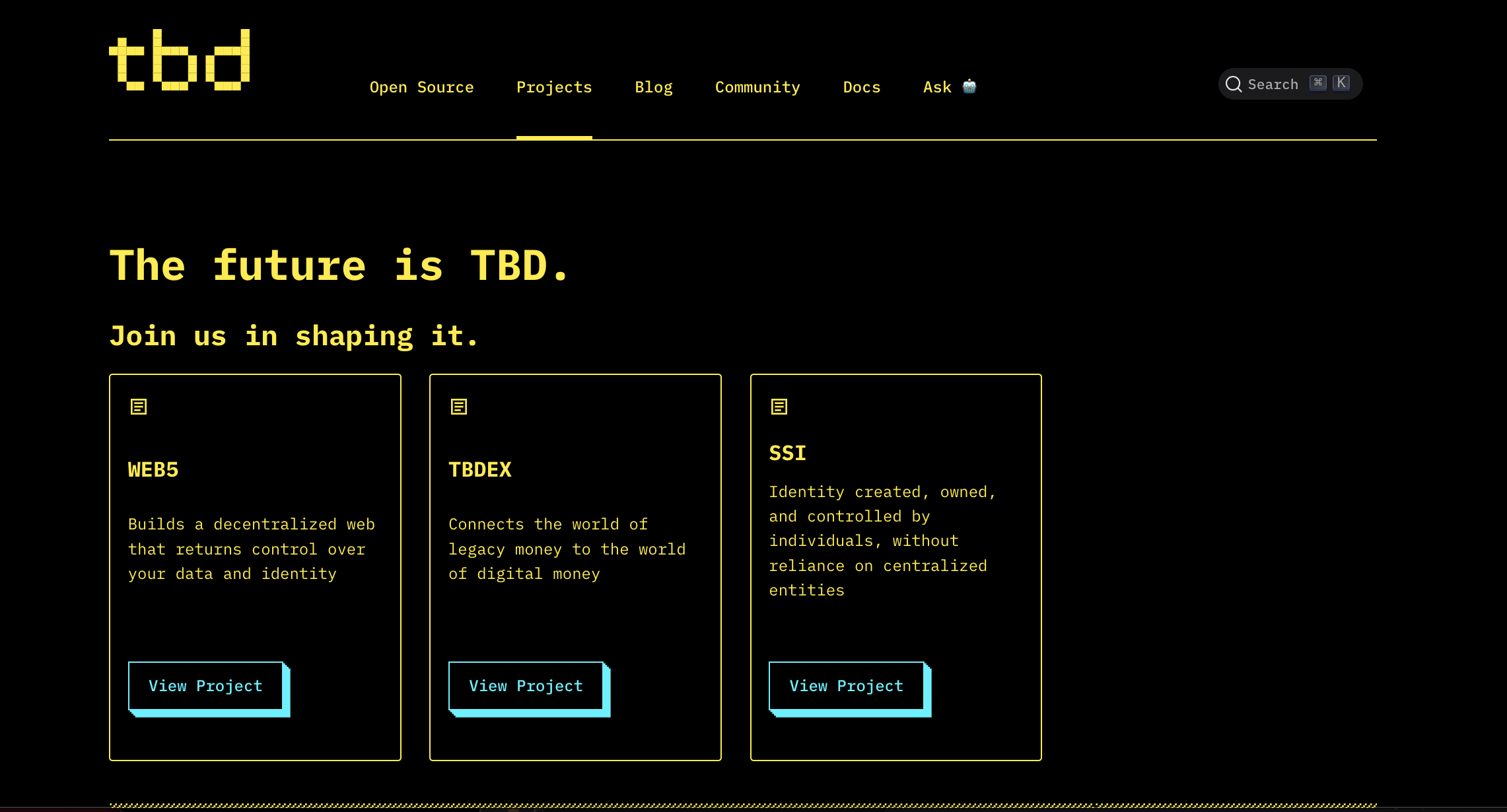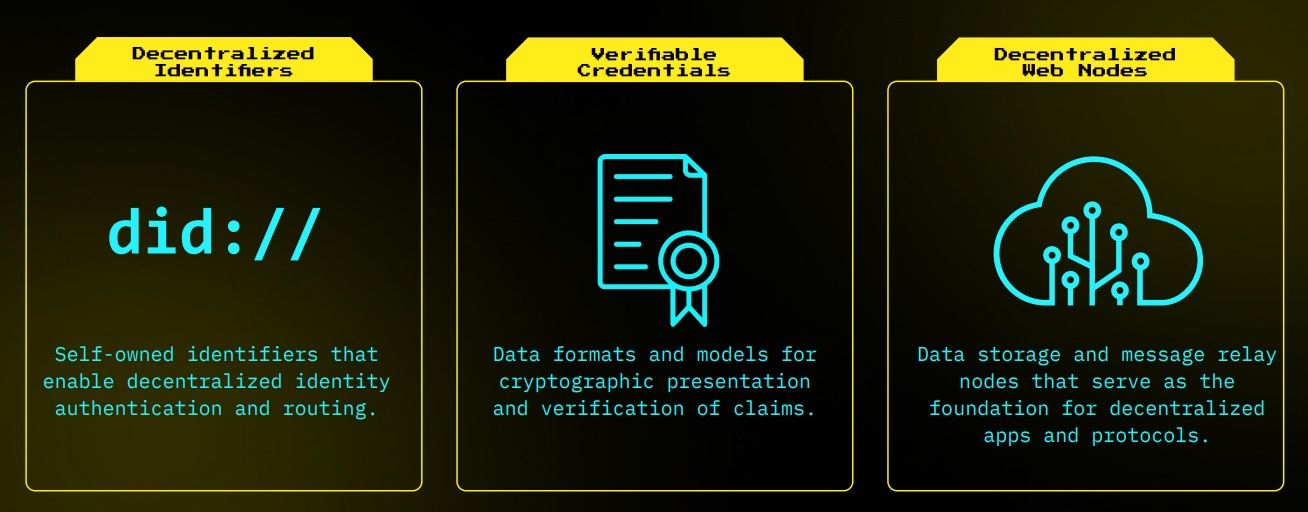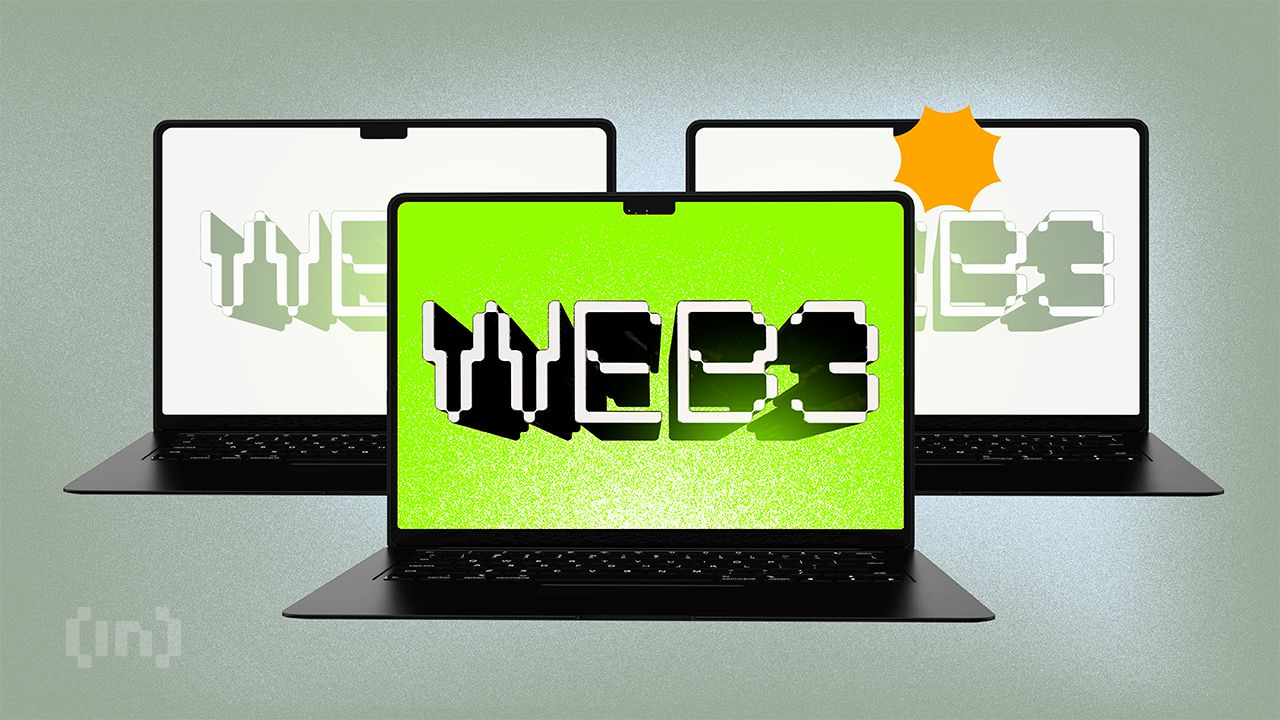You may have encountered the buzzwords web3 or web5, especially if you’re in the blockchain technology sector. Web3 decentralizes the internet, placing control of information back into the hands of users. Pushing this idea further, former Twitter CEO Jack Dorsey introduced web5. Web5 explained as the next iteration of the web, aims to revolutionize the development of decentralized web apps (DWAs) by providing programmers with more advanced tools and functionalities. This article delves into what web5 is and how it sets itself apart from web3.
What is web5?
The primary goal of web5 is to grant users full ownership of their data. To achieve this, teams have developed a more decentralized framework that simplifies how users manage their identities and control their data storage. Jack Dorsey has urged people to stay informed about the developments in this new phase of the web, pointing out that web3 lacks transparency in its ownership and governance structures.
In 2024, we already saw an increasing number of developers adopting web5 principles to build apps that prioritize user privacy and autonomy. This shift indicates a growing preference for truly decentralized platforms.
The team behind web5
The team behind Web5 is led by Jack Dorsey, the former CEO of Twitter and current CEO of Square. He is also the founder of The Block, a subsidiary company focusing on building new financial infrastructure using Bitcoin technology.
Dorsey’s leadership in these innovative projects reflects his commitment to reshaping how digital and financial services intersect through decentralized technology. His vision for Web5 aims to revolutionize the internet by ensuring greater user control and privacy through blockchain innovations.
The web5 team has expanded to include a diverse group of developers and advisors from various blockchain projects, bringing in fresh perspectives and expertise.
Web5 toolkit unveiled by TBD

TBD, a subsidiary of Block (formerly known as Square), one of Jack Dorsey’s business units focusing on crypto products, has been actively developing Web5 technology. The company has launched a new toolkit to enhance the creation of decentralized internet applications, merging traditional web functionalities with blockchain technology.
This toolkit comprises several advanced technologies to support developers:
- Decentralized identifiers (DIDs): Secure, self-owned identifiers similar to usernames or email addresses.
- Verified credentials (VCs) and secure digital certificates: Tools that verify personal information such as name, age, and asset ownership.
- The toolkit: Features decentralized web nodes (DWNs), facilitating decentralized data storage.
Hence, developers can access this toolkit on the official website and start building decentralized applications using the resources provided by TBD’s development platform.
Note: In July 2024, TBD introduced additional modules to the toolkit, including enhanced support for cross-chain compatibility and easier integration with existing web2 technologies, making it more accessible for developers transitioning from traditional frameworks.
Sponsored SponsoredHow does web5 work?

DWNs (Decentralized Web Nodes) are the main core structure of the distributed network for the web nodes that form a peer-to-peer network of web5 users. Users run DWNs themselves on their computer or device. This makes it possible for different web5 users to share, pass and identify information.
The distribution of DWNs among users thus results in a mesh datastore with no central server or authority controlling them. This also makes it possible for users to interact with each other without having to rely on third parties such as Google or Facebook, which often have their agenda when it comes to privacy issues.
Since users control their DWN, they can decide whether to make their data public. It is, therefore, necessary that the user grants access to the data. In any case, the data is private. In the case of private data, the application will call it automatically.

Web5 also works by using DIDs (Decentralized Identifiers) and verifiable credentials. This is a fundamental component that you can use to create self-sovereign identities. The combination allows for the creation of a decentralized identity. This means that users can identify themselves without relying on any single party. In other words, a DID is just a component that touches the public blockchain, meaning it doesn’t have to be stored on the blockchain itself.
DIDs are unique identifiers. They’re self-controlled and user-generated, allowing users to maintain ownership over their identities. Verifiable credentials are used to prove different aspects of an identity. They are used to get credentials from other parties who attest to the capabilities, credibility, and reputation of those who own them. When combined into one conceptual entity called “self-sovereign identity services” (SSIS), these two concepts allow users to establish true ownership over their digital identities.
Web3 vs. Web5: Are these different?

The primary vision of web5 is comparable to that of web3, yet each has its unique characteristics. Web3 apps’ concepts take the form of smart contracts deployed on public blockchains like Ethereum. Many individuals refer to web3 as a decentralized application (DApps). Its underlying code resides on a blockchain-based decentralized network.
SponsoredOn the other hand, web5 includes decentralized web applications (DWAs) that are not blockchain-based but can communicate with DWNs. This results in forming a peer-to-peer relaying network that exists independently of any public blockchain.
With web5, you have control of your data, which you can save on DWNs. On the other hand, web3 stores data on the decentralized network or distributed file system with IPFS capable of distributing and storing data in a peer-to-peer network system.
A key difference noted in mid-2024 is the growing preference for web5’s architecture among developers who prioritize minimal reliance on blockchain technology, highlighting a shift toward more flexible and user-centric decentralized solutions.
Web2 vs.web3 vs. web5
Still unsure as to how these terminologies differ. Here is a table that should help:
| Feature | Web2 | Web3 | Web5 |
|---|---|---|---|
| Data Control | Centralized | Decentralized | Fully decentralized |
| Identity Management | Platform-controlled | User-controlled | Self-sovereign |
| Application Type | Centralized apps | Decentralized apps (DApps) | Decentralized web apps (DWAs) |
| Technology Backbone | Central servers | Blockchain | Peer-to-peer networks |
| Privacy and Security | Limited user control | Enhanced through decentralization | Full user control |
| Governance | Corporate/Platform governed | Community/DAO governed | User-centric governance |
Users have become more aware of the differences between these web iterations, with an increasing number of platforms offering educational resources to help people understand the benefits and limitations of each.
The evolution of Internet
The early days of the internet involved simple hypertext and quickly evolved into more complex technologies. It laid the groundwork for a more sophisticated web, steadily expanding the content published online. Web2 was next in line. Darcy DiNucci thought up the term “Web2” in 1999. This platform focuses on user-generated content, ease of use, a participatory culture, and users’ ability to share information. It focuses on connecting people through social networks and sharing real-time information.
Web3 takes this one step further, bringing together all forms of connected devices into one place. Ethereum co-founder Gavin Wood coined this term in 2014. Web3 enables users to communicate without worrying about compromised privacy or shared data without consent.
Sponsored SponsoredWeb3 is a decentralized web where users have complete control over their data. It’s a place where people can discover new content and connect without organization restrictions that currently control the internet. As a result, users can communicate without fear of a platform disclosing or compromising their data without their consent or knowledge.
Finally, web5 is widely anticipated as the next major version of the World Wide Web. Web5’s primary objective is to make it easier for programmers to develop decentralized web apps (DWAs) that use credentials that can be independently verified and web nodes that are not centralized.
As of 2024, the evolution continues, with new frameworks and tools emerging to support the seamless integration of these web technologies, driving innovation in how we interact online.
A look at the Internet usage in 2024
Although the spike in internet adoption rates has slowed since its rapid climb in the middle of the last decade, millions of people continue to access the internet for the first time each month.
According to DataReportal, by 2024, 5.35 billion people will be using the internet, which constitutes 66.2 percent of the global population. Over the previous year, internet users increased by 1.8 percent, with 97 million new users going online for the first time in 2023.
The landscape of internet usage is shifting towards more mobile-centric and decentralized platforms, reflecting the ongoing transformation driven by technologies like web3 and web5.
Why web5 could be the key to a truly decentralized internet
Web5, envisioned as the next evolution of the internet, is making significant strides toward realization in 2024. An open-source community has been developing this technology for over a decade, bringing it closer to widespread adoption. While its creators and early adopters continue to refine it, web5 demonstrates its potential to transform web browsers and services.
Web5 is set to become a fundamental part of our everyday online interactions as its usage grows, indicating its imminent integration into our digital lives.
Frequently asked questions
Web5 is a decentralized, peer-to-peer network that aims to create an internet free from centralization and censorship. The network is based on web5 nodes, essentially decentralized data storage and message relaying mechanisms.
Web5 runs on decentralized web platform features. Some attributes include decentralized identification, verified credentials, decentralized web nodes (DWNS), and distributed web applications (DWAs). The end goals of the platform are for users to be in charge of their own data and to be able to manage their identities.
Web3 is the next generation of the web, a collection of virtual worlds where users can engage in social and professional interactions through 3D avatars. This immersive environment is designed to be more interactive and user-driven than the current internet, allowing for a richer, more engaging user experience. It leverages blockchain technology to ensure that users have control over their data and digital assets, making it a key player in the evolution towards a more decentralized web.
Web5 focuses on enhancing user control over personal data through decentralized identifiers and is a more specific evolution in blockchain and decentralized technology, building directly on the foundations laid by Web3. Web3 represents a broader shift from centralized servers to blockchain-enabled, decentralized applications (DApps) and supports a more user-centric internet where users control their data.
Most likely so. The development of web6 or web7 is possible as technology continues to evolve. As each iteration of the web aims to solve the limitations of its predecessors and introduce new functionalities, future versions like web6 and web7 could potentially emerge, focusing on further advancements in integration, user interactivity, or even deeper levels of decentralization.

